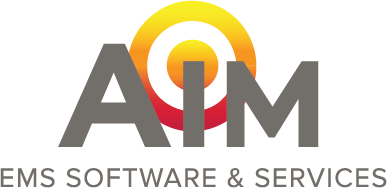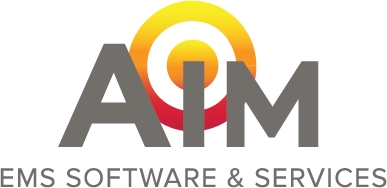
This blog post is part of a series that addresses ambulance billing services. Our ambulance billing blog series highlights tips and insights to help you improve ambulance billing efficiency, lower ambulance claim rejections, and get reimbursed faster.
It’s an ideal time to revisit the prior authorization rules and review practices that can quicken approval processes.
With the recent news that CMS extended the testing of the Medicare Prior Authorization Model for Repetitive, Scheduled Non-Emergent Ambulance Transports through December 1, 2020, we thought it might be a good time to revisit the prior authorization rules and offer some tips for quick and accurate turnaround in the approval processes.
States currently working under the Prior Authorization Model include Delaware, the District of Columbia, Maryland, New Jersey, North Carolina, Pennsylvania, South Carolina, Virginia, and West Virginia.
Not in one of these states? CMS is working towards a nationwide expansion of the Act, so be prepared. Even if you’re not part of the model yet, these tips can help ensure your documentation supports medical necessity.
Establish Medical Necessity Before Providing Services
Palmetto GBA released an Ambulance Prior Authorization Tips sheet that does a good job of breaking out two potential paths for determining if a Repetitive, Scheduled Non-Emergent Ambulance Transport meets medical necessity.
This tip sheet can be shared with EMS call intake staff and dispatchers responsible for coordinating Physician Certification Statements or prior authorizations, as well as crew members responsible for verifying medical necessity before transporting, and of course, billing staff that will need to make sure all the patient records support billing.
Reminder — Diagnosis codes alone do not support medical necessity and are not enough for prior authorization approval. You need to paint a picture that includes the patients structural, functional, or mental impairments, as well as activity and mobility limitations.
Create a Protocol to Consistently Document Data Required for Prior Authorization
Uniformly following a protocol that defines how EMS staff establishes medical necessity and consistently documents patient data required for Prior Authorization can help you avoid delays and minimize the need to follow-up on incomplete or contradicting reports.
Make Friends Not Enemies with Facilities
The stronger the relationship is between your EMS staff and the facility staff, the more likely you are to get complete and accurate patient records that support medical necessity/prior authorization in a timely fashion. EMS staff and facilities need to feel like they are working on the same team, which they are, sharing a common goal to provide high-quality care. This can’t be done if care is postponed or denied because of communication breakdowns among team members.
Consider Timing — It’s Everything
Prior authorization requests are accepted when they are submitted with all the required information. To avoid claim payment delays, agencies should submit prior authorization requests 10-15 days before the start of scheduled repetitive services.
To avoid payment interruptions, submit subsequent prior authorization requests no later than 10 business days before the end of the 60-day period. On the cover sheet, in the Start Date of Authorization field, specify the start date of the next period. Ensure that date is after the end of the prior 60-day period.
Novitas Solutions offers prior authorization Deadlines and Decision Notification guidance, including a good outline of how to handle subsequent Medicare prior authorizations.
Understand Prior Authorization Rules for Various Commercial Payers
There are several commercial insurances that also require prior authorizations. The difficulty is, every commercial payer handles prior authorizations differently.
A best practice suggestion is to document specific payer roles in your EMS software under the payer setup, making it easier and quicker for staff in charge of obtaining prior authorizations to know what steps need taken.
Prepare for Inappropriately Denied Prior Authorizations
You can increase your chances of success in overturning a prior authorization denial by making sure all clinical information is included with the appeal, including any data that may have been missing from the initial prior authorization request. Your EMS software should have a feature that allows you to store all of the supporting documents with the patient record, making it quick and easy to organize and submit your appeal.
Make Prior Authorizations Less Complicated
Ambulance transport prior authorizations can appear to be complicated. However, again, creating protocols and systems within an electronic workflow, and educating EMS staff, including dispatchers, crews and billers can reduce the amount of EMS billing errors, denials, and user frustration.
Stay on Top of Rule Changes and Correct Documentation with AIM
AIM EMS Billing Services is here to help you stay on track when federal and state changes occur. Let our team of experts handle prior authorization rules for non-emergent transports and ensure that your documentation supports medical necessity. You no longer need to worry about ambulance billing challenges when AIM is on your side.
Call us at 1-800-726-4690, fill out our online information request form, or read more about EMS best practices.




